“all that mysterious life of the wilderness
that stirs in the forest, in the jungles,
in the hearts of wild men.”
― j
Only four days of riding remained of our five week side trip from Cusco. Our plan from the Amazon river port town of Atalaya was to follow a logging road west, towards Puerto Ocopa and finally the frontier town of Satipo.
We knew from studying the map and talking with a few locals in Atalaya that the road passed by several indigenous Asháninka communities. The Asháninka people comprise the biggest indigenous group in the Amazon basin and their ancestral homelands cover a large region of the Amazon rainforest, stretching into Brazil. Colonists, development, logging and drug trafficking continue to be threats to their land and traditional lifestyle.
We were told that to actually enter the villages we’d need prior permission, available on application from an agency that caters for indigenous rights in Atalaya, but that it would be okay to pass by on the road. Short on time to get back to Cusco to meet Hana’s mum, we only spent one night in Atalaya and planned to wild camp along the road as we covered its mountainous 170km to reach the pavement at Puerto Ocopa. We were oblivious at the time as to the reception we would receive from the Asháninka as we passed through their territory.
We’d arrived in Atalaya mid-morning off the boat from Sepahua so had a bit of time to look around that afternoon before leaving early the following morning. Atalaya has a throb of activity to it, from the coming and going of all manner of boats, to the noisy tuk tuks and the street vendors announcing their wares. Most of the action takes place on the waterfront of the Rio Tambo where there are floating mechanics, gas stations and other boat services.
Amazon essentials: coca leaves, spare propellors and tobacco (the rolled ‘sticks’).
We were riding by 6.30am the morning we left, eager to get some miles in before it got hot. Down here we were only at 250m above sea level, the lowest since northern Colombia, over a year ago.
This grand entrance to Atalaya and the gas station portray a different image of the town to the rough and ready goings on down at the waterfront.
Sadly the logging industry here (much of it illegal) continues. This is rainforest timber being turned into crates.
The road quickly got pretty messy. Even though it was the tail end of the wet season by now, there’s still enough rain and waterlogged ground to cause carnage. The road is serviced by several colectivo trucks (they use 4WD Hilux type trucks) daily, and they make a real mess. Fortunately most of the mud was drying out after a clear spell of weather.
But even early in the morning it was hard work, the temperature was already in the high 20’s and over its 170km length the road has a total elevation gain of just under 6000m.
We reached the first Asháninka community, Piza, about midday. There were two wooden huts by the road, and as we approached a man ran out of one of the huts with a bow and arrows in one hand and a rifle in the other. There were no niceties, just confrontation. Before we could say a word the man demanded to know where we were going and to see our documentos.
Somewhat shocked, we pulled out our passports and explained where we were going and that we meant no harm and would not enter the village.
Standing nearby there was a terrified looking woman with a baby and another man with a machete in his hand.
After a few moments of discussion the situation seemed to diffuse. The aggressive man had a small tienda (in the photo) so we asked if we could buy a couple of things and the man allowed us.
After I went back outside I took this photo, which was a stupid thing to do, because the man heard the shutter and came flying out of the shop, furious and demanding I pay him 20 soles (about NZ$9). I knew I’d been thoughtless taking the photo in an already tense situation, but the man was being totally unreasonable, given we were on a public road.
I brazenly haggled with him and ended up paying much less, as a propina (tip). But we left there feeling a bit shaken by the reception we’d received and what might be to come. Were we in over our heads riding through this part of Peru?
Despite the hostile attitude of the man at Piza, the ride was amazing as we followed the peaceful road through wall to wall rainforest, climbing steadily for a while and then navigating a fast and windy road downhill to Shimpi Alto, the next native community. This was our first view of an actual village as most of Piza had been out of sight. There were a mixture of thatch or iron roofed structures, but the style of the walls was completely traditional, with thatch or sticks as cladding, if any. Hand woven flax baskets hung under many of the shade structures.
There was a family sitting under one such structure and we noticed a pile of bananas on a bench near the road, obviously for sale. We hadn’t been assailed yet, so we asked if we could buy some. A man approached us and took our money, but he said few words and the women sitting down tried to avoid making eye contact. We said thank you and continued.
While our encounters with people hadn’t been going well, the insects and butterflies continued to be amazing.
Another short climb and descent took us over to Shimpi Bajo, lower down and on a bigger river. Most of the village was downslope about 100 metres from the road, but as we rode past a man started yelling at us. We stopped and saw him running up the hill towards us.
He was a young man, maybe in his early 20’s, short and stocky with a pot belly, the sort you see in people with malnutrition. His hair was cut in a traditional Asháninka way, with a severe bowl cut. He wore shorts, no shirt or shoes and a woven bag over his shoulder.
Again there were no pleasantries. First he demanded to know where we were going and where we were from. He glared at us intensely.
‘To pass on motorcycles, you have to give me 100 soles,’ he demanded. He spoke in clipped Spanish with a thickly indigenous accent. I’d never heard an accent like it.
‘No son motos, estos son bicicletas,’ we protested. ‘Por que pagar cien soles? Este carretera es publico’.
The man glared harder and stepped closer. He was full of tension and anger. I was glad he wasn’t armed because he looked like he might explode any moment.
He turned his head and looked down to the village. No one else was coming up but there were several other men lounging in the shade.
We conferred back and forth, standing our ground, trying to reason with him. Refusing to pay.
Gauging the situation we guessed he had no authority to demand money, and no way to enforce his demand without violence. He was young, and I figured just a stupid opportunist hoping to score some money off the gringos. Had he been older or the village chief it would have been a different situation.
In the end we gave him a final ‘no,’ clipped our feet back in and rode off, leaving him standing there.
Our concern now was that it was late in the day, the people were unfriendly at best, hostile at worst and we needed somewhere to sleep. The only clearings we’d seen were at villages and otherwise the thick jungle right to the road prevented any sort of comfortable stealth camping.
We rode on as the light faded and were eventually very happy to spot an abandoned quarry about five kilometres past Shimpi Bajo. There was flat ground for the tent, out of sight of the road and no sign of any dwellings nearby.
We dumped the bikes and bush bashed down to the river to collect water and wash. It was a beautiful evening and despite the tensions of the day, we were in awe of our surroundings. On the steep hillside on the other side of the river stood towering old growth rainforest, where the big trees had never been logged. It felt primal, ancient and wild.
We operated as quietly as possible in camp that night and left our torches on red beam to help avoid giving away our location to anyone walking by.
We woke at 4.30am and were away by six. The road was mostly pretty good but at times we hit these long mud sections where it had been churned up by the trucks. At one point we heard a gun shot. So far most of the males we’d seen in the first three villages had been armed, walking around in the crop fields with rusty rifles over their shoulders. Some of them looked homemade.
Throughout that morning we passed occasional single dwellings and saw a few women and children on the road. In every case, they fled, sometimes abandoning the baskets they’d been carrying on the road. It wasn’t just a case of running in surprise either. They seemed terrified, like they really needed to hide from us.
We’d been told at Piza that there was no more food to buy until we reached Caserio Union Junin, which we hoped to reach on the third day. So we were surprised to see this small cocina and tienda just before Mancoete. It was run by a young Asháninka woman who prepared almuerzo (lunch) for colectivo passengers who pass through on the long, rough drive each day. A colectivo stopped just as we got there, so it was quite nice to take a break there and talk to some non-hostile people. The colectivo driver told us problems with the people were not uncommon along this road and that the Asháninka were extremely wary of outsiders. They probably hadn’t seen independent gringos travel this road, especially on bicycles.
The road continued along the valley between big sandstone massifs, before climbing once again. We were putting in solid days and with the steep, rough climbing and the heat it was a tough ride.
We were concerned, of course, about where we might sleep that night and were apprehensively riding through Pauti trying not to look at anyone, when Hana, who was just behind me, heard a voice ask if we spoke English.
The voice came from Liz, who was a teacher from Pucallpa (a jungle city to the north). She was based in Pauti, along with several other teachers, teaching at the school there. Without much small talk she invited us to her ‘house’ to stay in the village that night. The village chief also came and shook our hands while we were standing on the road, so we were immediately more relaxed about being there.
Liz’s house was a basic two room dirt-floor hut, with a separate lean-to that served as the kitchen. As a teacher in the village she lived in the same very basic way as everybody else. Indeed Liz’s arrangement may have even been considered luxurious by traditional Asháninka standards.
She lived with her four year old daughter and another young Asháninka girl (with her own daughter in tow) who minds Lizs’ daughter during the day.
Liz spoke a little bit of English, so with that and our Spanish we managed to communicate pretty well. We were shown where to wash at the river, introduced to the other teachers and then left to our own devices to pitch our tent and cook dinner.
Later on Liz returned from a meeting at the school and we talked more. She explained to us the common fear many indigenous people have of gringos. It’s a myth that extends right back to time of the colonial Spanish. The Asháninka call gringos pelacaras which is derived from the highland indian name pishtaco. Both words mean the same thing: to ‘behead, cut the throat, or cut into slices’.
According to indigenous folklore, a pishtaco is an evil monster-like man—often a stranger and often a white man—who seeks out unsuspecting Indians to kill them and abuse them in many ways. Primarily, this has been stealing their body fat for various cannibalistic purposes, or cutting them up and selling their flesh as fried chicharrones. These days the myth has evolved further to include a fear of organ theft. No wonder all the kids we saw were running and hiding.
We’d run into the ‘organ thieves’ suspicion once before in the Andes and had heard of other cyclists encountering such paranoia too. But down here in the jungle it was a widespread and paralysing fear for the people.
The following morning Liz invited us to have breakfast with the other teachers, but first she lectured the children and other villagers who would be present that there was no need to be afraid of us. Many of the children who attend the school come from villages that are deep in the jungle, several hours walk away. They walk in and board at the school.
On day three we started to see more extensive cultivation and land clearing, as well as being passed by a logging truck which was a sad sight. But the people were no less wild and continued to be extremely wary of us. We passed one group of women who looked at us with as much curiosity as we did them. They all wore the traditional kushma, a cotton robe, and had their faces painted red with the juice from crushed achiote seeds. Their hair was long and black with a sharp fringe and in the long robes they seemed almost phantom like. It was a scene right from National Geographic.
Later we passed a large rough sawn wooden home on stilts. Outside were gathered maybe a dozen women and children with an old man dressed in a kushma. The man shouted and gestured to us to stop. Like in Piza, he asked to see our documentos. Satisfied with a glance at our passports, he then looked at us both and asked for money to let us past. He was senior, a village leader perhaps, so we respectfully told him we wouldn’t pay anything to pass (besides we didn’t want to set a precedent), but to appease him I gave him some of the little food I had left, for which he seemed very grateful. He let us past without another word.
Occasionally we saw pockets of forest felled around homes, to be readied for cultivation.
Overall, it was a relief to finally make Union Junin at about lunchtime on the third day. It’s not a big place, but it was a return to civilisation of sorts, with restaurants, electricity and we were glad to sit down and have a good meal. Even there we were still stared at plenty.
From Union Junin onwards we were riding though land that has been thoroughly impacted by colonists who are gradually encroaching on the jungle. Cattle farms and large coffee and banana plantations dot this frontier region.
A huge downhill dropped us off the sandstone upland we were on and down to Puerto Ocopa which is near the confluence of the great Perené and Ene Rivers. Here they become the Rio Tambo. It’s rare that we’ve been that happy to see pavement.
Puerto Ocopa holds a strategic location right at the bottom of the region known as the VRAEM (Valley of the Rios Apurimac, Ene and Mantaro), hence the military base in this photo. The VRAEM region is currently the world’s biggest producer of cocaine and has long been virtually lawless. During the terrible years of the Sendero Luminoso terrorist organisation, this was territory over which they held the most control, and some they still control to this day.
The Peruvian military has established a number of bases in here now, but they still don’t have full control, and nor, possibly, do they seek it because cocaine business, we were told by locals, is good for the economy.
But we weren’t worried about cocaine traffickers at that moment. We were just happy to sit down and have a cold beer.
The restaurant owner told us about a convento down the road in the main village where we might be able to shelter for the night.
We rode down to check it out and discovered a beautiful old church with the old brick mission attached. After asking around we tracked down the padre, a Polish man, who offered us a room for the night. Beds, a shower and no bugs – luxury.
Over coffee the following morning we sat and talked with the padre about his work there and some of the history of the mission.
Puerto Ocopa was founded by Franciscan monks who established a convent there in 1918. It’s a pocket of christian influence in the middle of ancestral Asháninka lands, but has repeatedly served as a sanctuary for indigenous people during times of conflict. Native communities were terrorised during the rubber boom of the late 19th century and an estimated 80% of the Asháninka population was killed by colonists who attempted to enslave them. The Franciscan mission Santa Teresita was a refuge for families and children who were orphaned.
More recently, during the 80 and 90s the Asháninka suffered what is sometimes called the ‘Asháninka Holocaust’ at the hands of the Sendero Luminoso. The Shining Path terrorists attempted to assimilate the Asháninka into their organisation, capturing people and kidnapping whole communities, killing those who refused. The mission Santa Teresita played an important role once again bravely sheltering orphaned children. It continues to play an important role today, sheltering children from impoverished families as well as orphans.
The padre emphasised how primitive the beliefs of some Asháninka are, telling us that they when something bad happens in one of the villages, i.e. an accident, ill health, crop failure etc, they will sometimes kill one of the children believing they have been possessed by an evil spirit. The mission serves a role to protect Asháninka children from such practices. He also told us about a Polish couple who were murdered in 2014, near Atalaya by Asháninka people who suspected them of being pelacaras.
‘It’s not safe to travel here,’ he said.
Roughly 70km of paved road lay between us and our finish in Satipo. The pavement made a nice change for tired legs and we enjoyed the ride. We just hoped we were through the worst of the territory.
We might have been on pavement, but there were still plenty of relics of a bygone era, like this ancient Dodge. We passed several Asháninka communities, but out here in the jungle borderland they are better educated and living a slightly more modern existence.
Satipo felt incredibly civilised after the past four days of remote riding, and the time on the river before that. It was the biggest town in five weeks on the road. We didn’t hesitate in finding a cafe and a bakery and sitting down to watch the world go by and reflect on the powerful experience of the past weeks. We’d seen a lot, learned a lot and tested ourselves.
The whole journey ended on a nice note when this man came and introduced himself while we were drinking coffee. He was a cyclist himself, he said, while he fawned over our rugged looking bikes; squeezing the tyres and testing the brakes. He helped us find a hotel, shook our hands and said goodbye.
A couple of hours later he reappeared at the hotel, with his bike. It was an old five-speed France-Loire racer. His pride and joy. Although he was in his 70’s he loved to go on long rides around the local valleys. We hung out, took it for a spin and talked bikes for a while before parting ways finally.
The next morning we began a three-day bus journey to return to Cusco.
donations are welcome!
Web hosting, our Ride With GPS subscription and creating content for this site – as much as we love it – adds to travel costs and is time consuming. Every little bit helps, and your contributions motivate us to work on more bicycle travel-related content.
Thanks to Revelate Designs, Kathmandu, Big Agnes, Hope Technology, Biomaxa and Pureflow for supporting Alaska to Argentina.

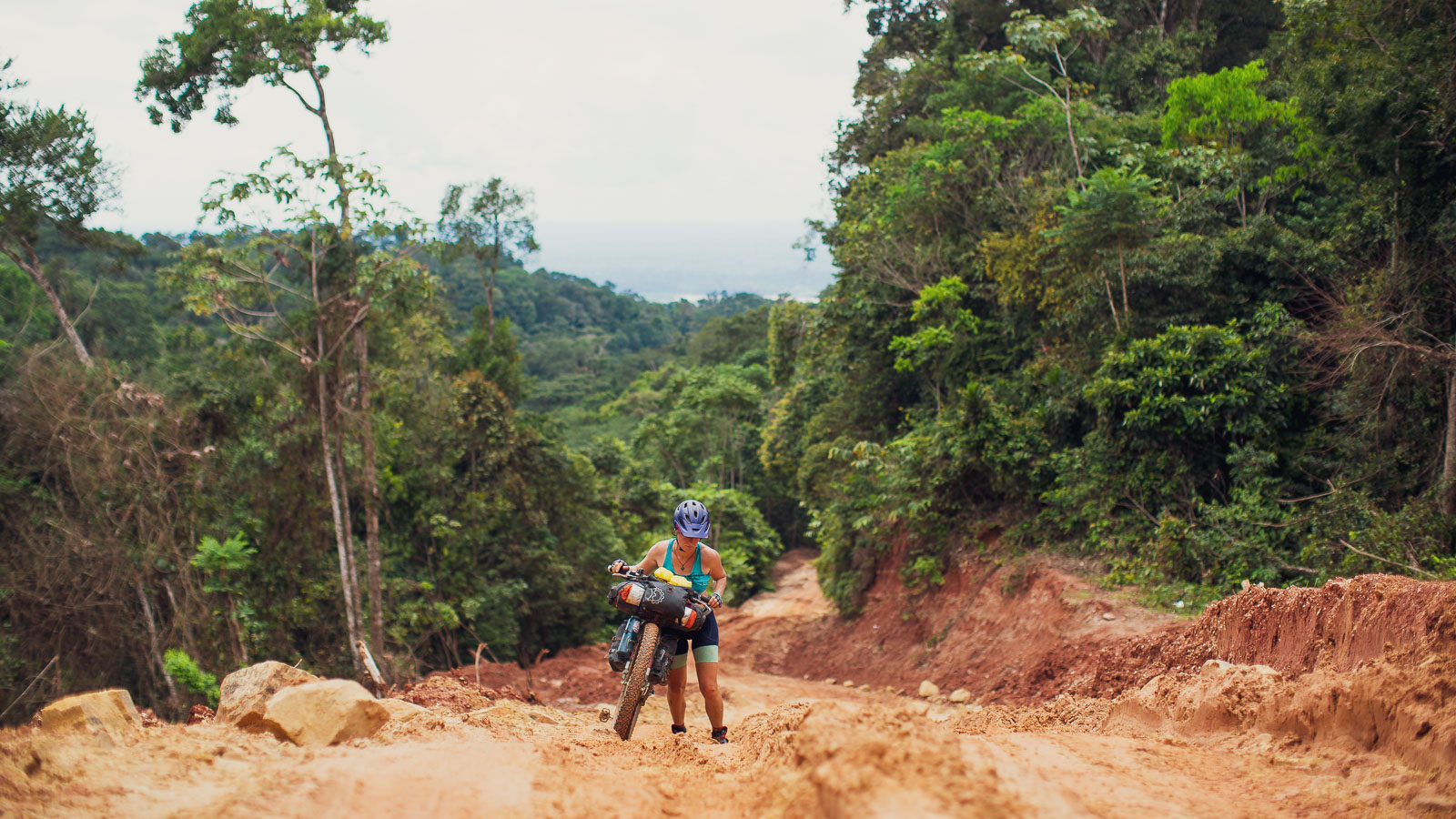






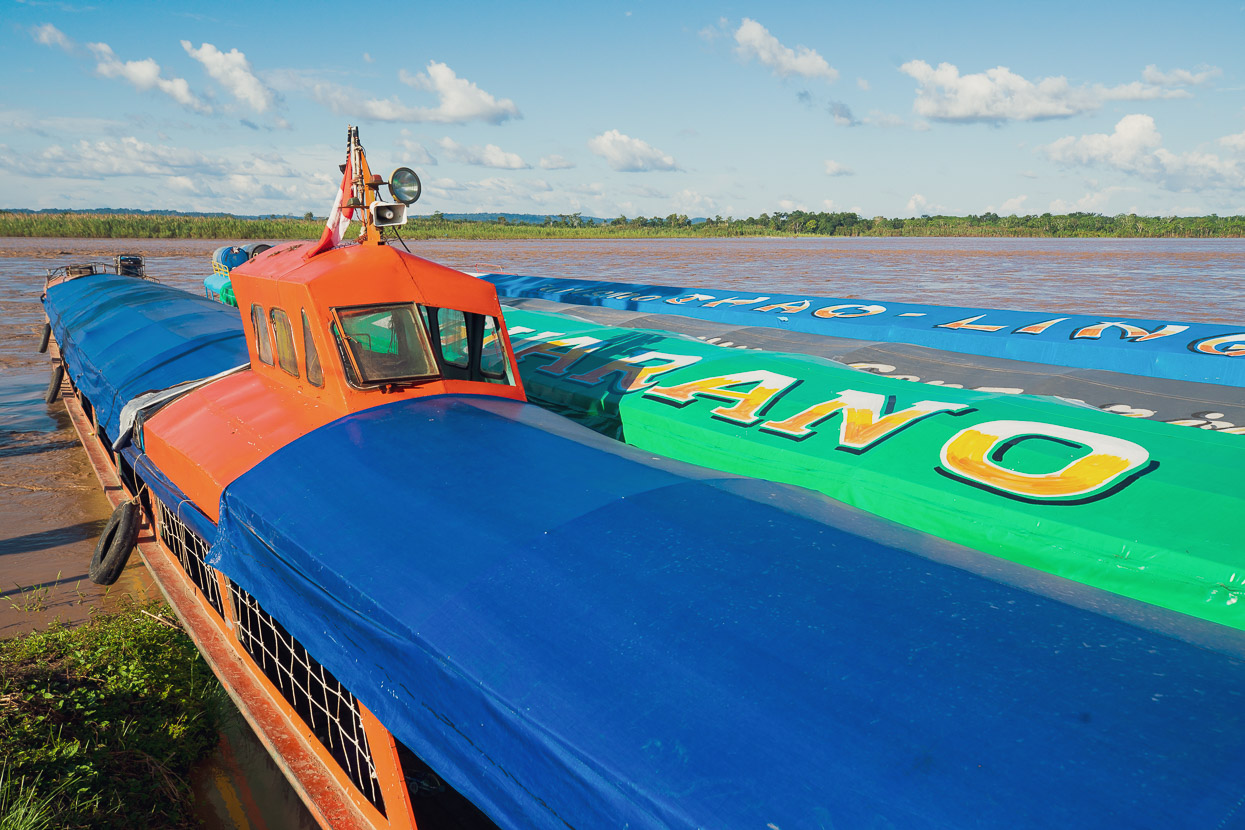












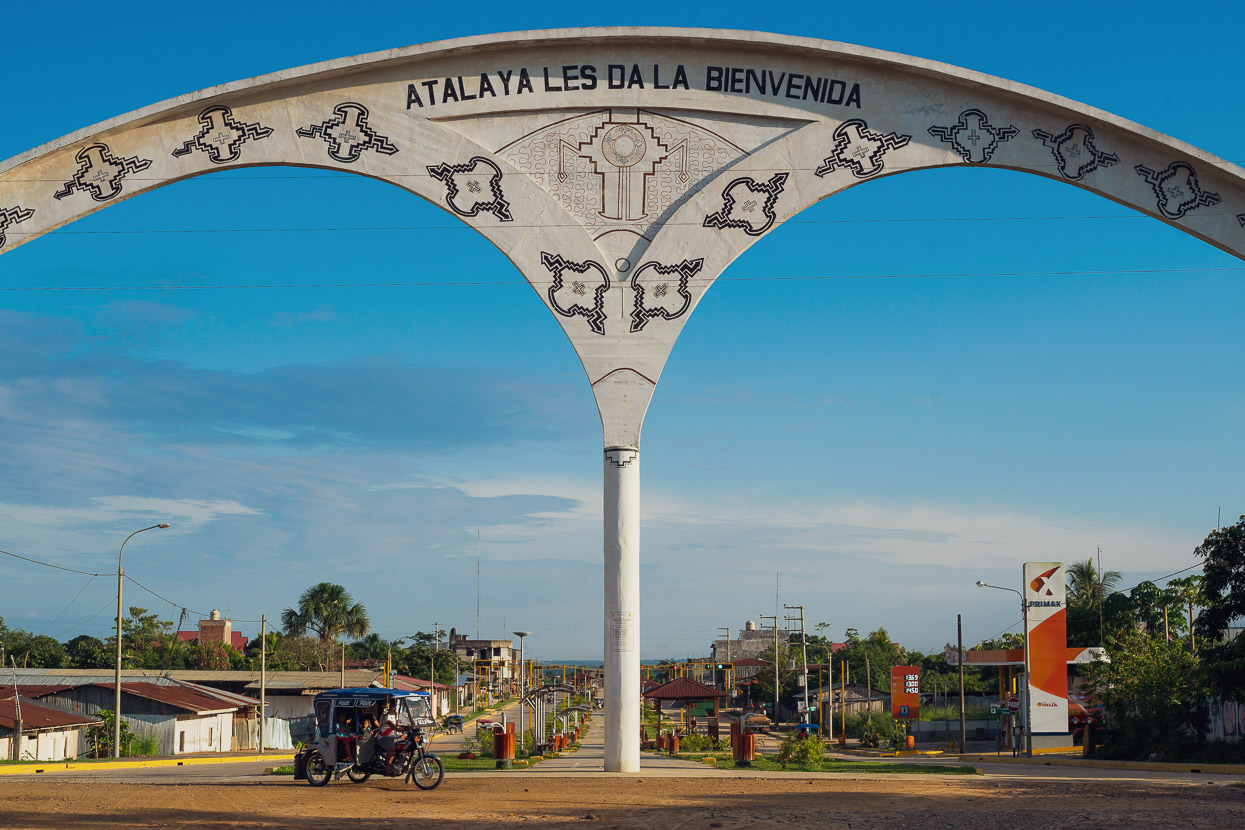







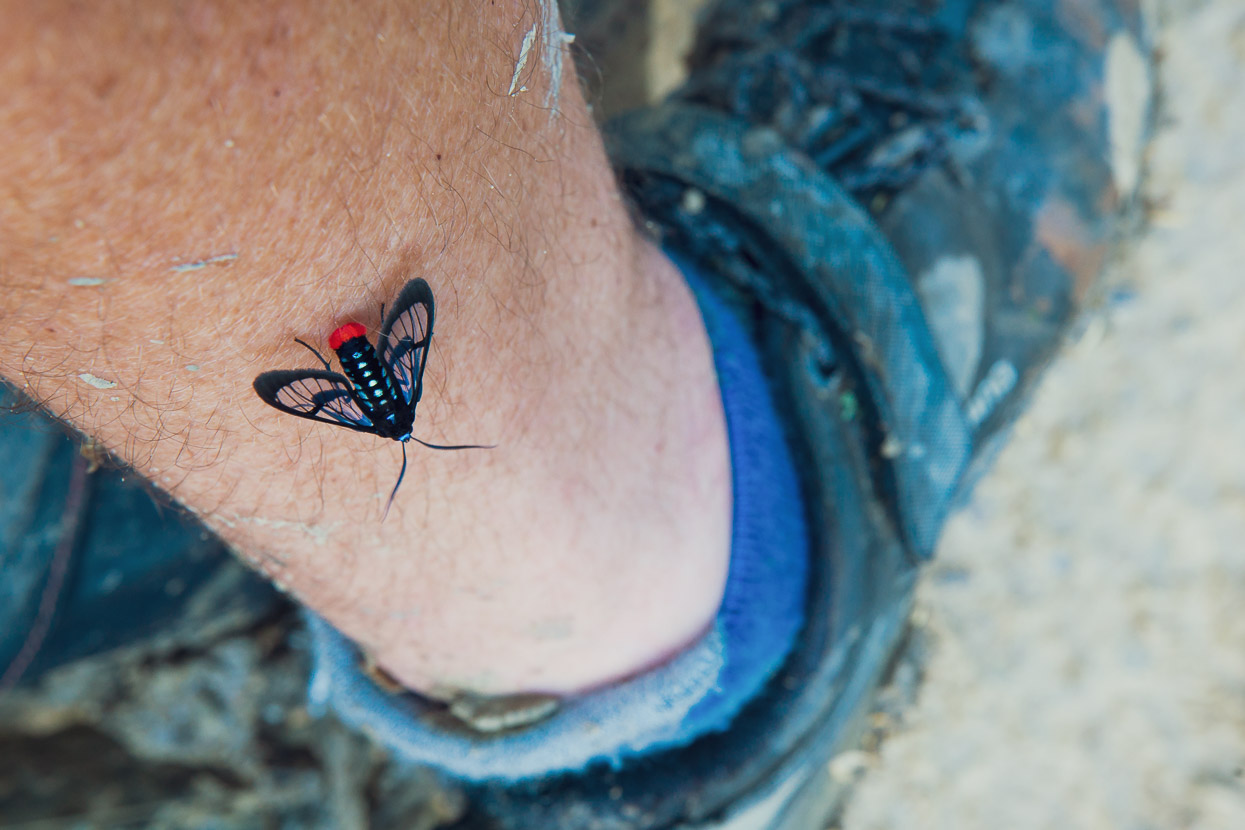

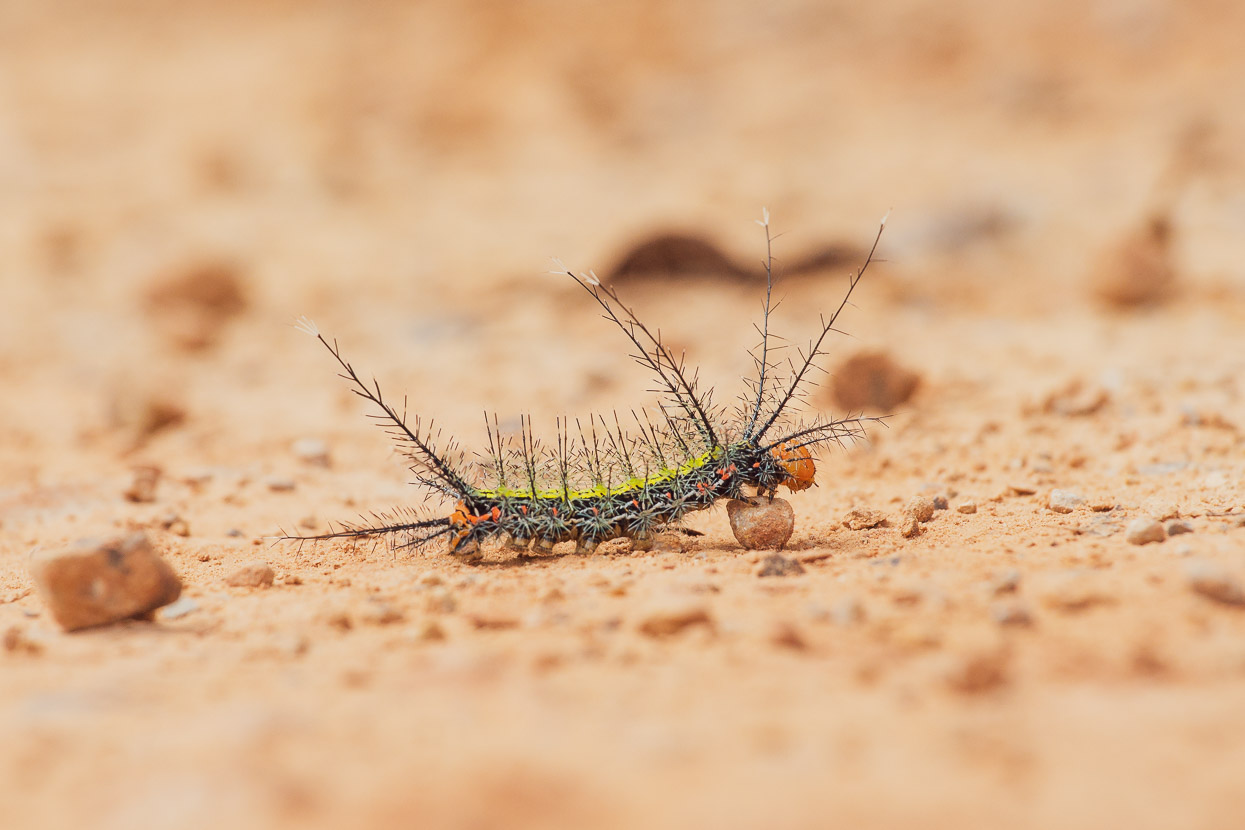




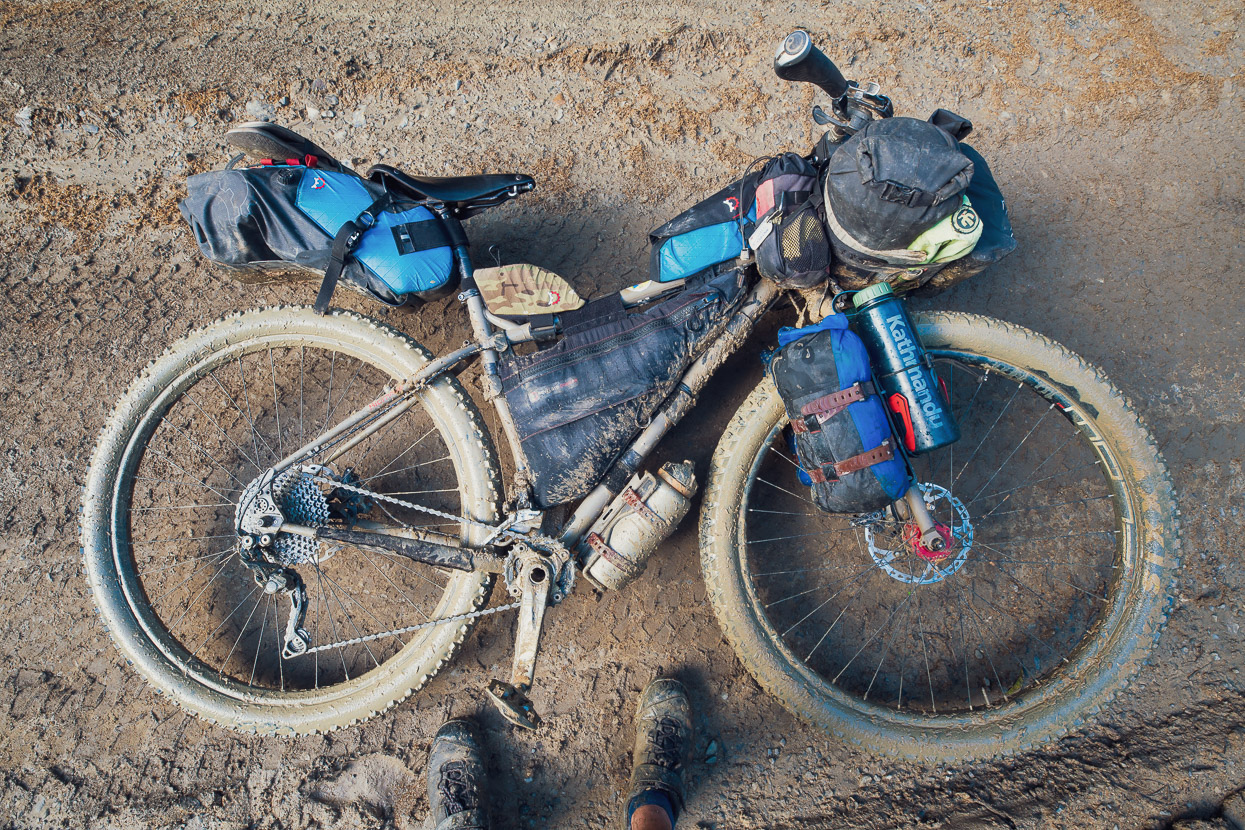



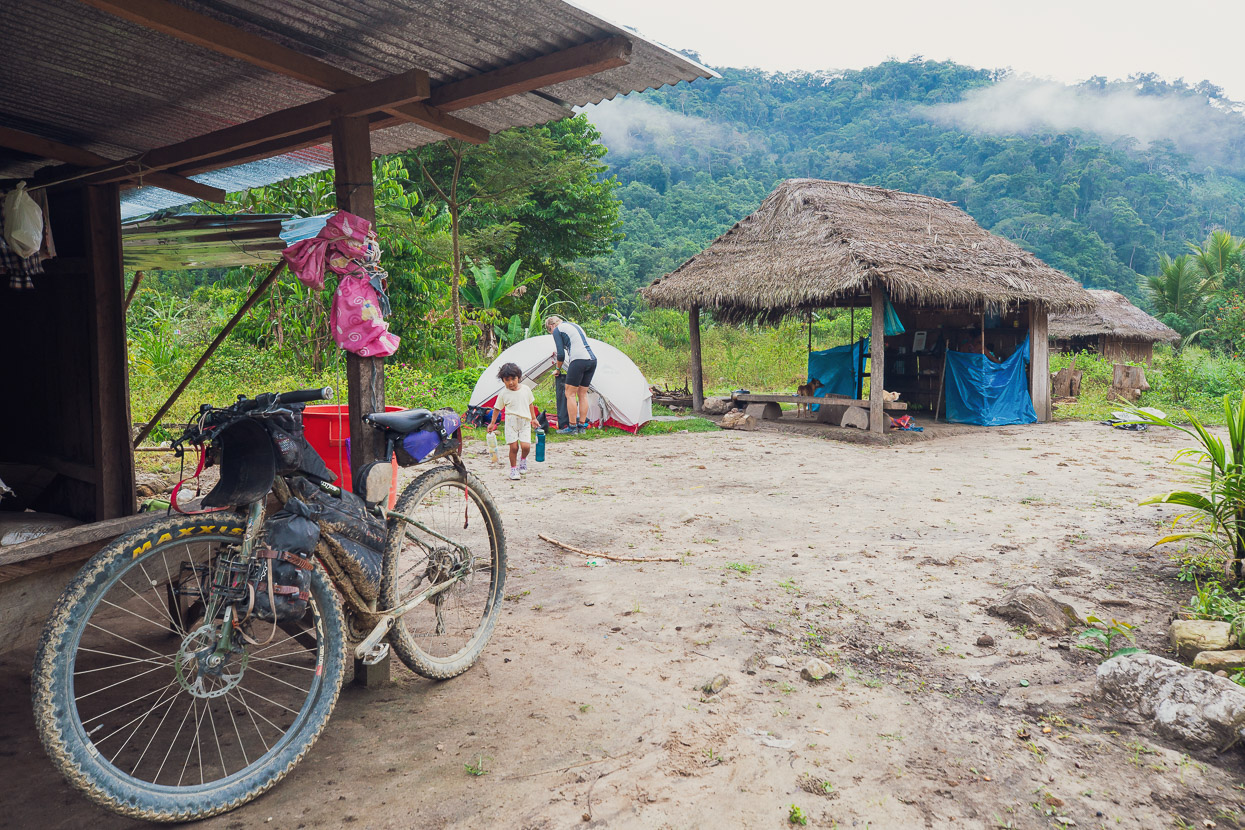





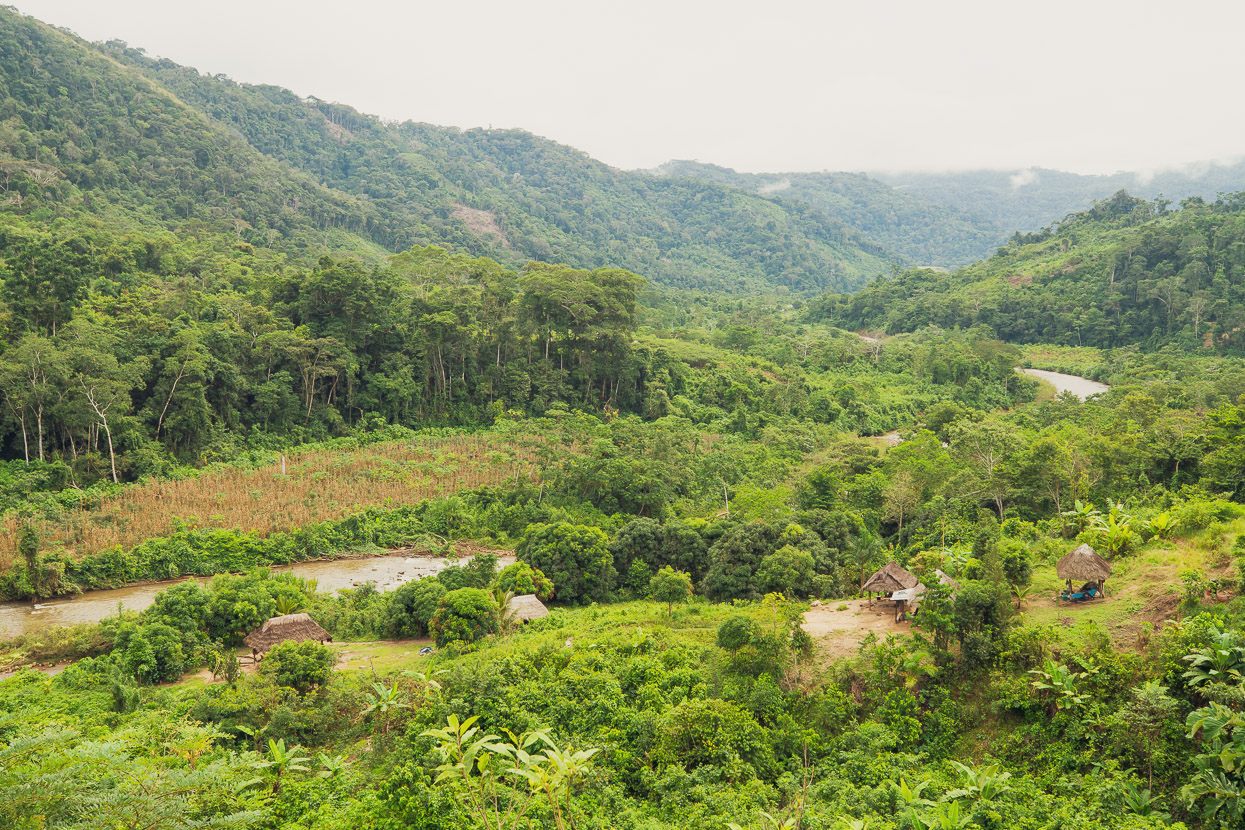



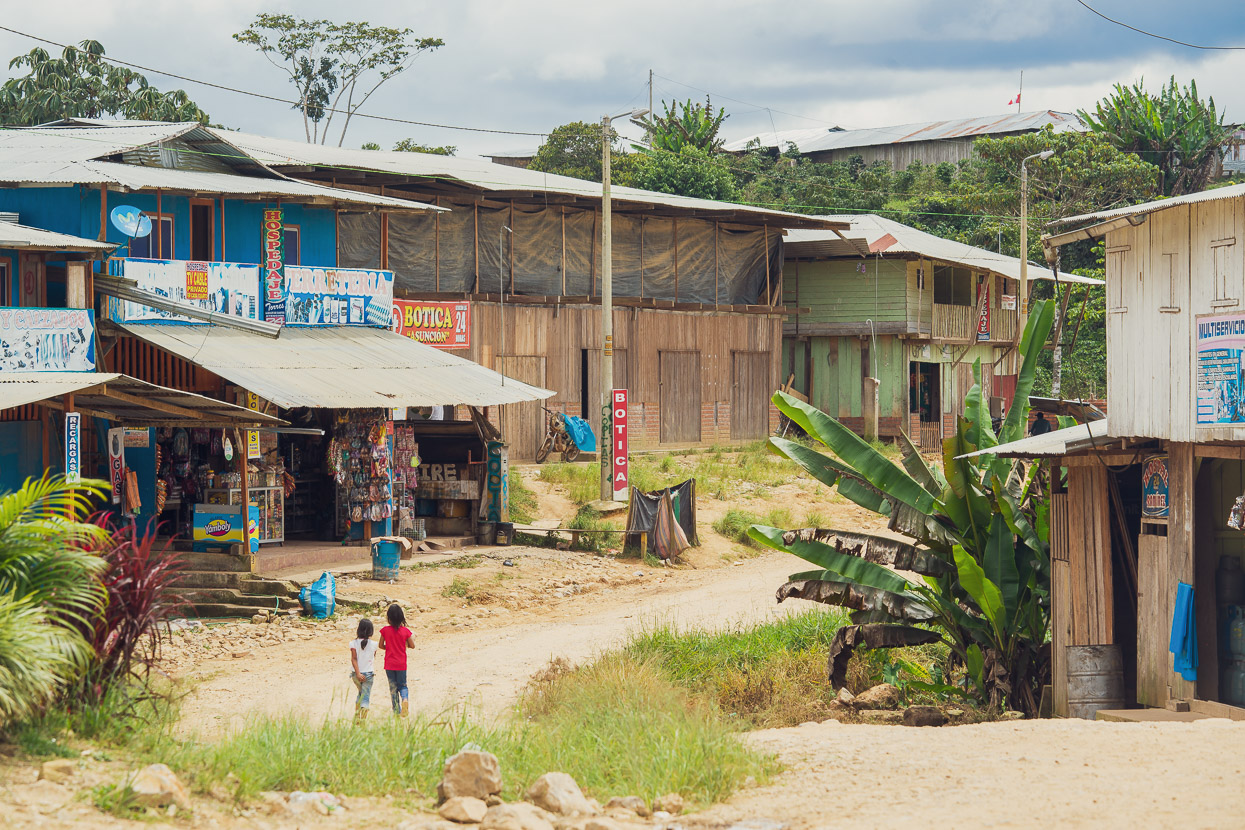
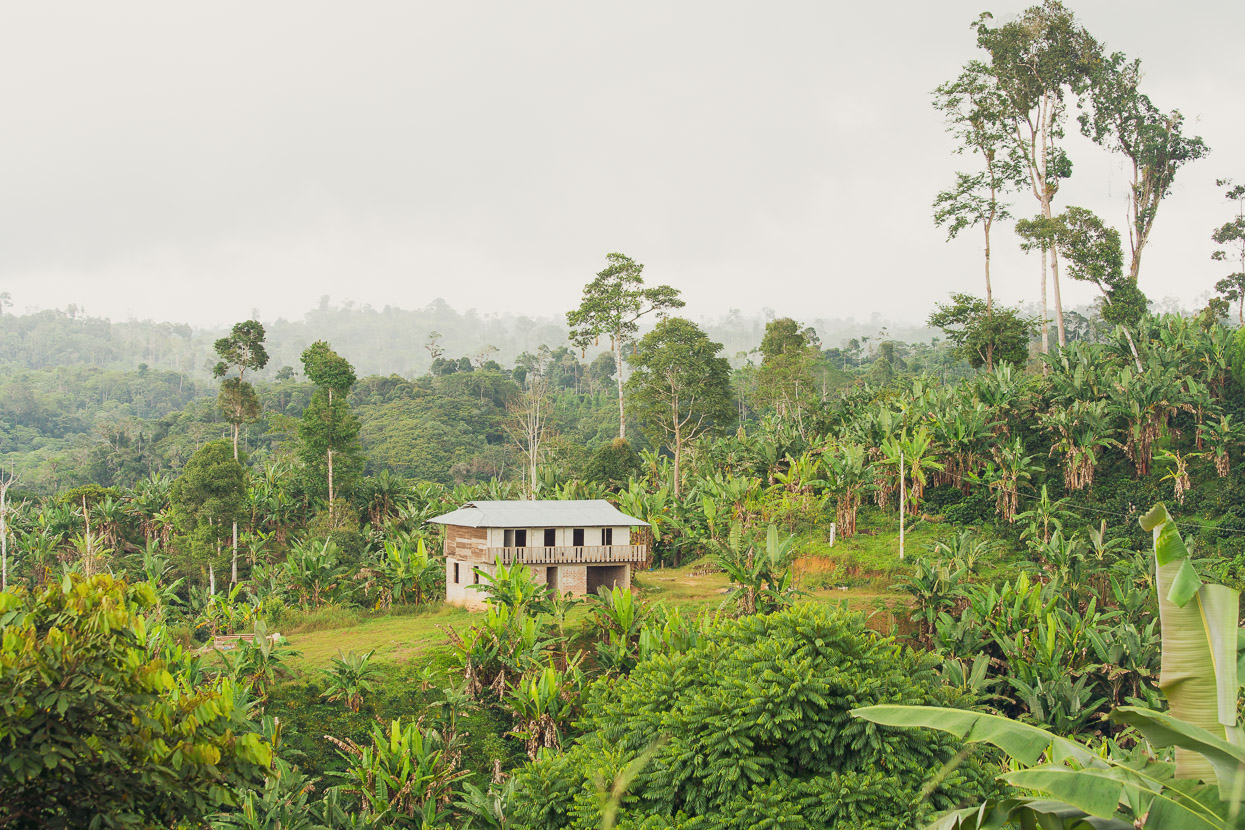


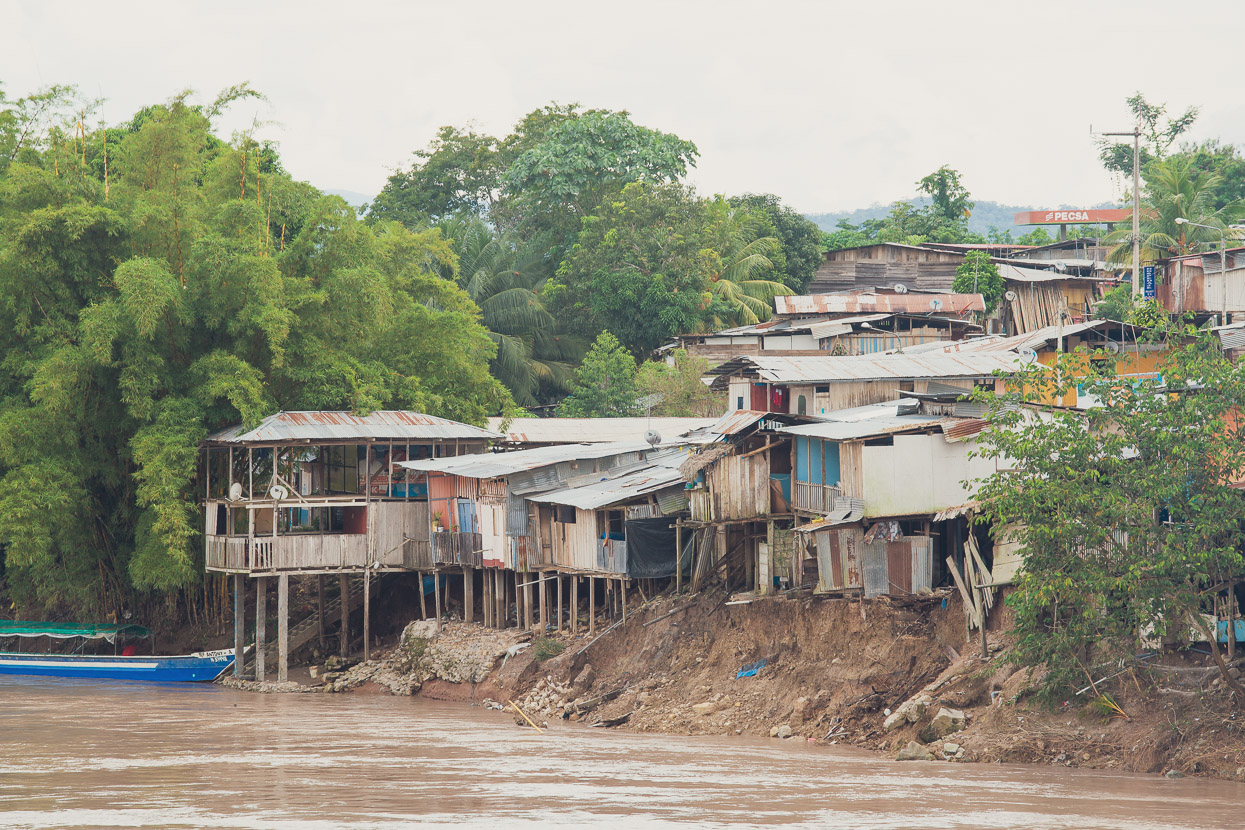






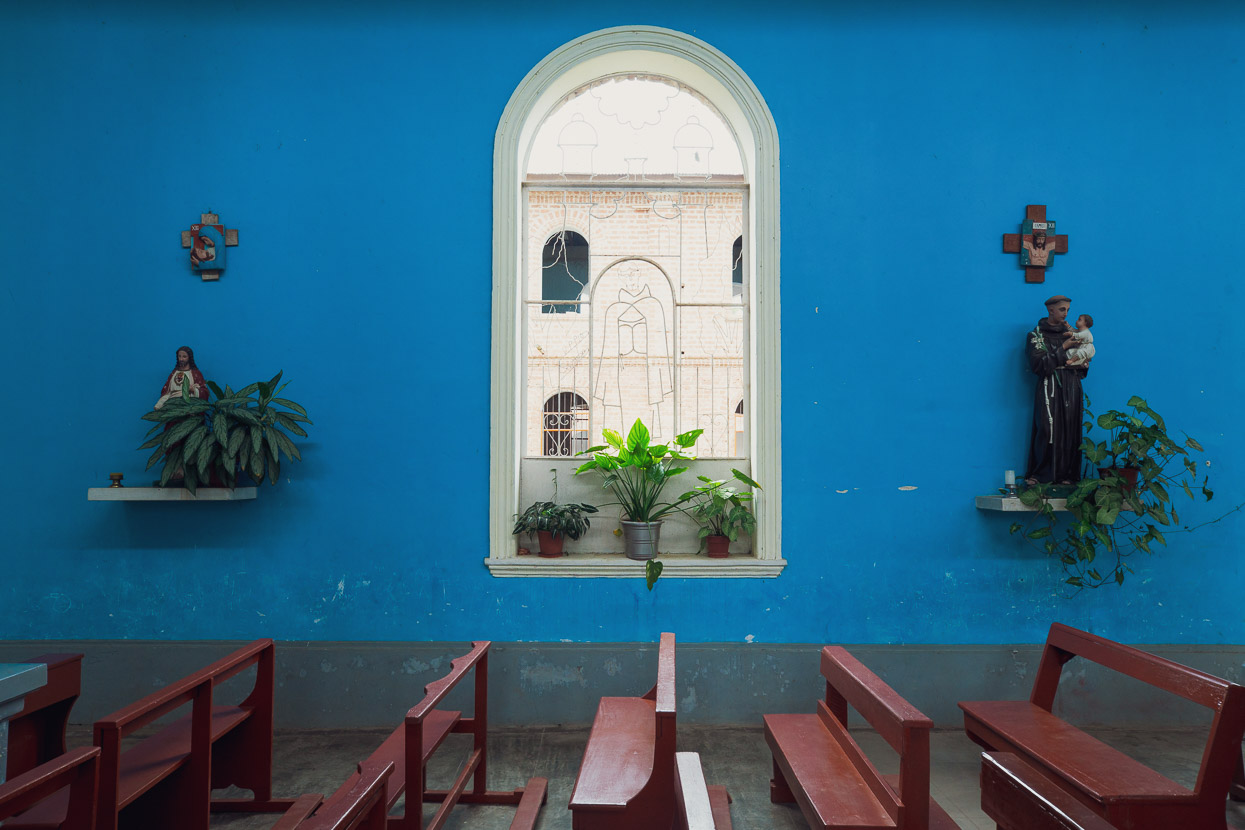



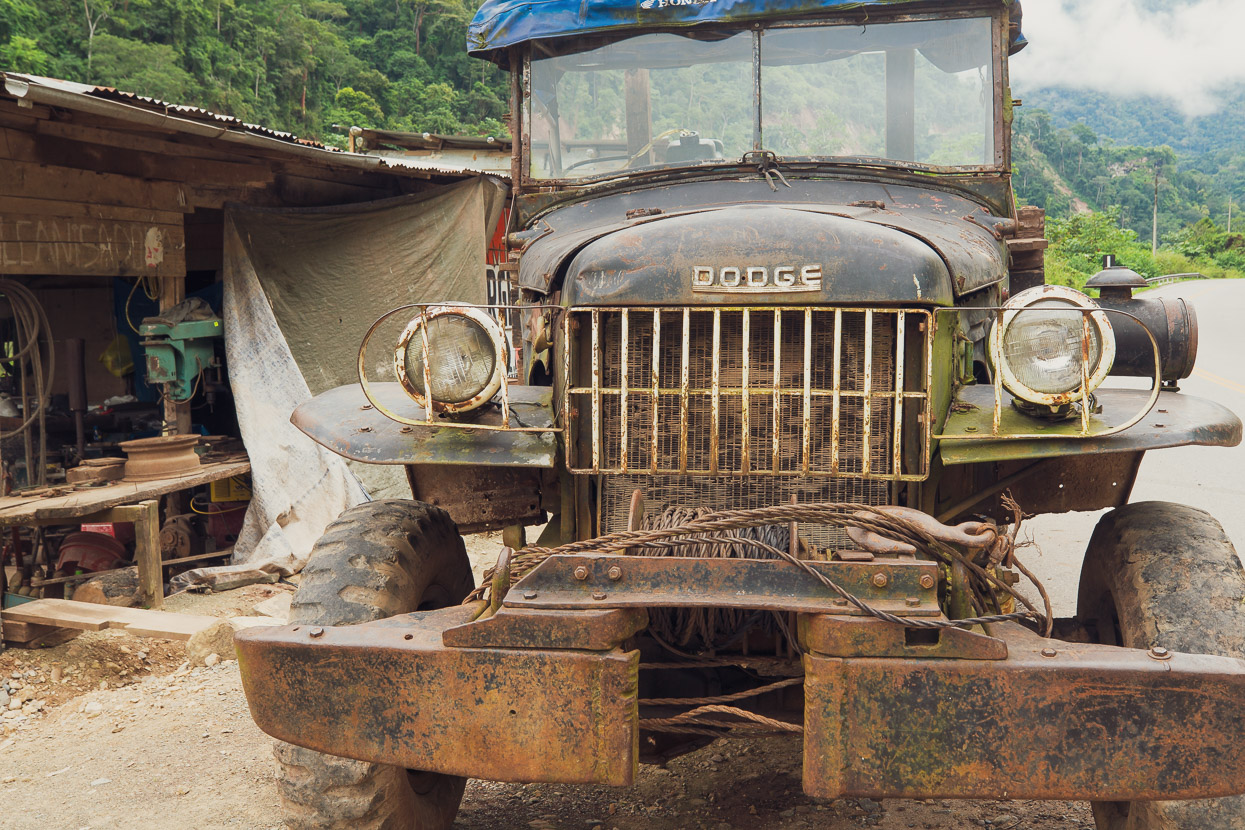



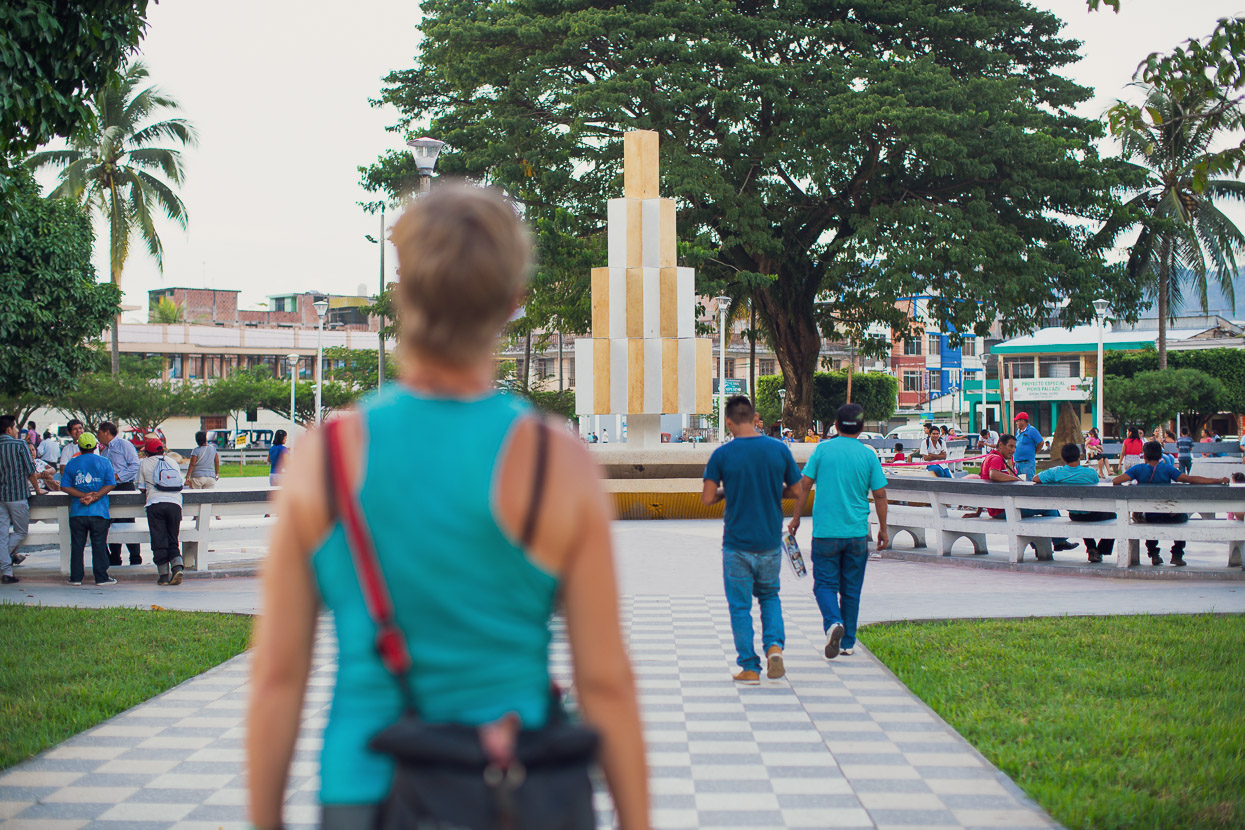













Hi Mark and Hannah,
Your blog is great, the photos are fantastic and you have a warm style of writing Mark. Thanks also for your thoughts and advice on various aspects of bike packing. I’ve recently found your blog and I’m up to November and your crossing from Peru to Bolivia. I’m leaving to go cycling from Alaska to Argentina too, early next year. I’m curious, how did you get another 180 day visa for Peru, I thought they only issued one visa every year so how did you manage this? Kiwi charm? Cheers Dermot
Hi Dermot. Thanks for the comment & really glad you find our information helpful. We like to share what we have learned! Stoked that you enjoy the photos and writing too. We wish you the best of luck as you prepare for and begin you own journey!
Peru: we have actually overstayed. It’s not possible to extend the visa beyond 180 days, so we decided to just stay and pay a fine when we leave. This is a relatively common practise, I gather. The fine is 4.20 soles per day, but apparently its capped at US$50. The only restriction is that you can only pay it at a major border, with a bank nearby. You’re free to return to Peru once the fine is paid. I’ll report back once we actually go through this process!
Hi Mark,
while the Pongo de Mainique section on Río Urubamba made me curious to try this myself (preferably in the dry season according to some youtube videos) this stretch definitively does not. I am glad you passed it without serious trouble.
Following those last blogs I have added a lot more details to the map like names of villages/hamlets you passed by, streams, rivers etc. and I also added a ferry connection from Ivochote to Atalaya, so it is possible to route between these places on Openstreetmap now. I most probably missed some stops, but this can be seen as a first start. Did you record a GPS track of your boat trip? This could help to document the ferry options more precisely.
Regarding adding POIs tho the map I have tried to identify the two hospedajes which can be seen in the background of the photograph of Union Junin, but i failed. Can you help me out an explanin from where this photo was taken and looking in what direction?
Cheers
Guido
Congratulations on your excellent report and photographs. I encountered your blog because I am looking for information to go by motorcycle from Mazamari to Atalaya and then by launch to Pucallpa. I used to work among the Ashaninca in the 70s on the Apurimac, the Ene, the Perené and the Tambo Rivers. At one point I spoke the language to a certain degree and was involved in the bilingual schools under the auspices of the Ministry of Education. I used to raft the rivers and hike to the villages without fear, but the Senderistas ruined all that. I remember hiking from the Tambo River to Picha in 8 hours. I am a bit older now, and remember Padre Castillo at Puerto Ocopa when he was beginning to build his church, with a dozen native huts around the church, but I am wondering if it is wise to attempt the road from Puerto Ocopa to Atalaya. I suppose it can be reached in one day during the dry season. I would go in October.
At any rate, I think you did a remarkable job on your background information of this blog!
Hi Rob, it’s really nice to hear your own experiences in this region – thanks for posting. I can’t really imagine what it was like back then – it must have been a paradise of sorts. A few weeks after we came from Atalaya to PO, some Spanish cyclist friends took the same route. I believe they contacted some indigenous authorities for a permit in Atalaya, before embarking on the road, but I don’t recall what sort of experience they had. If you are interested, contact me and I can give you their details.
Collectivos traverse the route daily, so you would have some form of backup at least in case of breakdown, but I can’t speak for the current security situation.